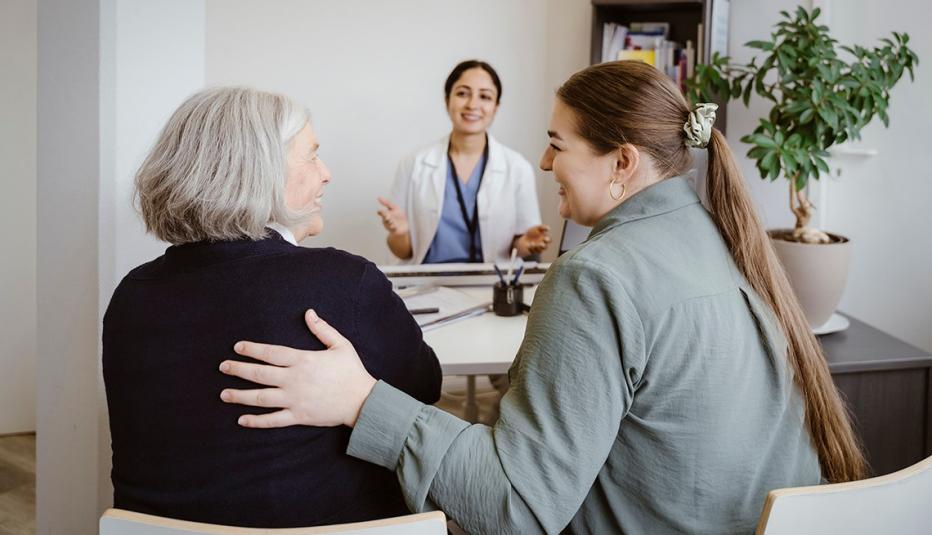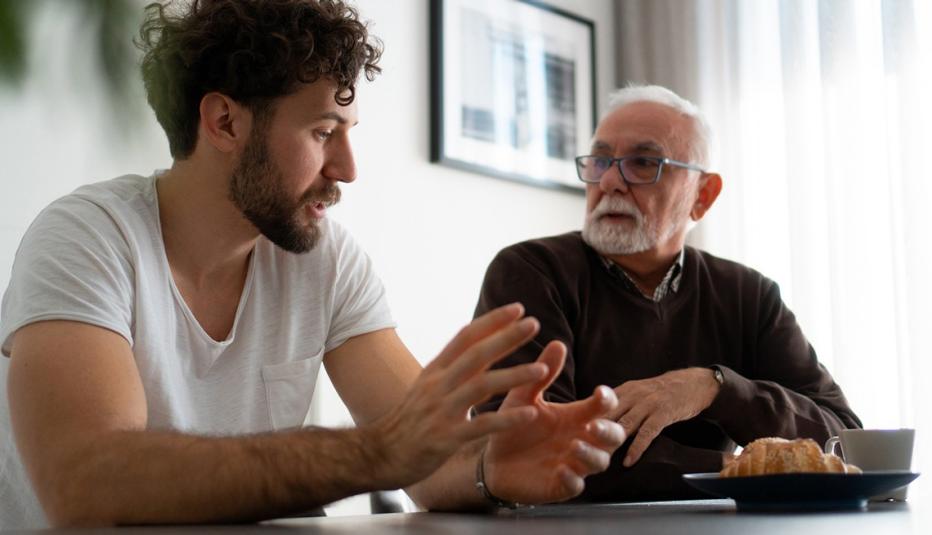AARP Hearing Center
Most caregivers interact with their care recipients’ health care providers, according to a new AARP survey. Generally, caregivers give providers high marks, although younger caregivers say there’s room for improvement in the relationship.


It's common for caregivers (86%) to tell their care recipients’ health care providers about their role helping with activities of daily living (ADLs) such as bathing and dressing, driving to appointments, and shopping, according to the national survey of adult caregivers. Respondents most often have contact with family doctors (66%), pharmacists (52%), and nurse practitioners (47%).
Good marks and opportunities for improvement
Communication is generally positive. Nearly nine in 10 caregivers (89%) report that when talking to a care recipient’s health care provider their questions are answered. In addition, 88% say information is understandable, and 87% receive helpful information.
Caregivers ages 18 to 34 are slightly less satisfied with these interactions. Younger respondents also are more likely than their older counterparts to have difficulty getting in touch with health professionals, making appointments, and coordinating care.
Asking younger caregivers their communication preferences could improve the quality of the relationships. And caregivers of all ages may benefit from tips on the types of questions they should be asking health care professionals.
Caregiver health
The majority of caregivers are in good health. Nearly half (49%) of those polled say they are in excellent or very good health, and 33% report good health. The findings, however, revealed somewhat of a gender gap, with men being more likely than women to say their health is excellent or very good (59% vs. 42%).
Some caregivers do face health challenges of their own. The most frequently cited are hypertension (27%), back problems (26%), and mental or emotional illness (25%), followed by various types of arthritis (22%), diabetes (13%), and asthma (13%). These rates are generally consistent with those for the general population.
In tandem with managing care for their loved ones, many caregivers tend to their own medical issues most often with visits to a family doctor, pharmacist, dentist, physician’s assistant or nurse practitioner, or eye doctor.
Methodology
The survey included a sample of 1,003 adults ages 18 or older who were providing unpaid care for an adult loved one in the last three years. The survey was conducted online and by phone in April 2024.
For more information, please contact Alessandra Raimondi at araimondi@aarp.org. For media inquiries, contact External Relations at media@aarp.org.































.jpg?crop=true&anchor=13,195&q=80&color=ffffffff&u=lywnjt&w=2008&h=1154)































